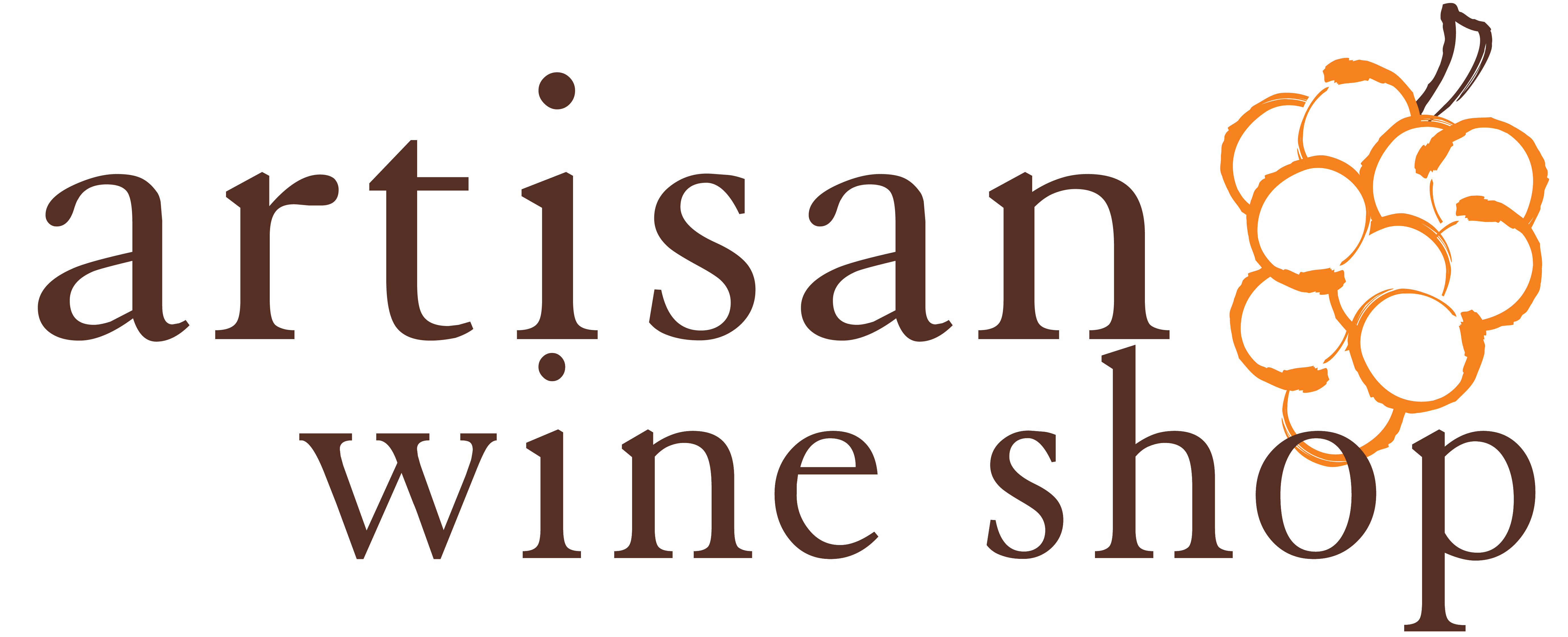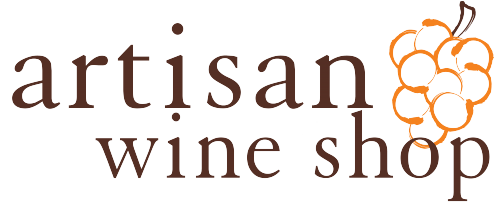


Login
Log in if you have an account
Register
Having an account with us will allow you to check out faster in the future, store multiple addresses, view and track your orders in your account, and more.
Create an accountGlossary aka Our Wine Words
SUSTAINABLE: Sustainable winemaking practices seek to address ecological issues in the vineyards such as soil depletion, erosion, water pollution, loss of biodiversity, resistance to pests, and chemical dependence. Some ways to combat these issues include: natural products in place of chemicals, integrated pest management techniques, water recycling, and minimal usage of resources. Some countries/states offer sustainability certification, in which certain requirements must be met. We differentiate between sustainably grown and certified sustainable where applicable.
ORGANIC: According to the Organic Vineyard Alliance, “When making conventional wine, literally hundreds of chemicals can be and are used, not just added sulfites. Some conventional winemakers add sugar, oak chips and flavor agents. Wine that is certified organic is allowed to have about 70 organic and naturally occurring acids, salts, and enzymes. However, unlike in conventionally produced wine, any chemical used in a certified-organic wine cannot have an adverse effect on the environment or on human health as defined by the Food and Drug Administration. Source: The National List of Allowed and Prohibited Substances, issued by the National Organic Program (NOP).” Organically grown grapes cannot be treated with any synthetic pesticides, fungicides, insecticides, or fertilizers. In the United States, certified organic wines do not have sulfite additions, whereas in Europe and Canada, they may contain added sulfites. The wine may also have other additives (there is a list of additives that are allowed under the term organic) including things like yeast, egg whites, and animal enzymes, and so being organic does not mean the wine is vegan. Some winegrowers choose to use organic practices yet forego certification for a variety of reasons. We differentiate between organically grown and certified organic where applicable.
BIODYNAMIC: The general concept behind biodynamic viticulture is that everything in the universe is interconnected, including every living thing on earth and its resources, the moon, the planets, and the stars. It is a holistic view of agriculture that originated in the 1920s from the teachings of scientist/philosopher Rudolph Steiner, and takes into account the lunar calendar, assigning each day in accordance with the planet’s positions. For example, fruit days are best for harvesting grapes, root days are ideal for pruning, flower days are when the vineyard should be left alone, and leaf days are ideal for watering. In the vineyards and cellar, absolutely no chemicals or manufactured additions (including commercial yeast) can be added, and sulfite additions are capped at 100 parts per million (this is quite low and many producers tend to use less or none at all). The vineyards are treated with special compost preparations with natural ingredients that are stuffed into cow horns, buried under ground for some time, and then turned into ‘teas’ that are sprayed on the vines. Biodynamic, like organic, has a certification as well. Demeter International, the oldest ecological certification organization in the world, was first formed in 1928 and named for the Greek goddess of agriculture, to advocate biodynamic agriculture and to certify biodynamic farms. Demeter is active in fifty countries around the globe. We differentiate between biodynamically grown and certified biodynamic where applicable.
LOW-INTERVENTION: This is our way of saying “natural wine”. We choose to use this instead of “natural wine” to be more specific about practices within the cellar during the winemaking process. In producing low-intervention wines the winemakers are as hands-off as possible; they do not use commercial yeasts; fermentation is carried out exclusively with the ambient yeast that exists in the environment; the wine is unfined and unfiltered; and the bare minimum of sulfur is added or avoided completely. Low-intervention wines are vegan because they are not using fining agents, as they are not fined at all.
FINING: Fining is a winemaking process in which an organic matter (see vegan description to see which kinds) is added to the wine to bond with certain compounds to make larger molecules that can then be more easily removed. Filtration can only remove particulates (i.e. dead yeast cells and grape fragments) but fining can remove soluble substances including polymerized tannins, coloring phenols, and proteins, which can cause a wine to be hazy in appearance. Many winemakers choose to do this process to present a clear wine, while others believe foregoing it retains more character, flavor, and texture.
VEGAN: There are several animal-derived fining agents that may be used in the winemaking process, including but not limited to: casein (a milk protein), chitin (fiber from the shells of crustaceans), albumen (a derivative of egg whites), fish oil, gelatin, and isinglass (a protein derived from membranes of fish bladders). We identify wines as vegan on our site when none of these agents have been used in their production. If a wine is vegan-friendly and it is fined, they use things like carbon, bentonite clay, limestone, plant casein, silica gel, vegetable plaques, etc.
PETILLANT NATUREL (PET-NAT): A pét-nat is a wine that is bottled before it has completed fermentation, which it finishes in the bottle. This is in contrast to the Champagne method, where the wine actually undergoes two fermentations: one in tank/barrel, and then a liqueur d’expédition (a blend of sugar and wine) is added into the bottle before bottling to spark a second fermentation. Wines made in the pétillant naturel style tend to have much smaller, foamy bubbles, like a strong fizz as opposed to fully sparkling!
ORANGE/SKIN-FERMENTED WINES: There are a few terms for this category, including orange wine, amber wine, skin-contact wine, and skin-fermented wine, but they all mean the same thing: a white wine made with white grapes that is created in the style of a red wine. Ordinarily, to make white wines, the grapes are pressed, taken off the skins, and the juice is then fermented. For reds, the juice and the skins are kept in contact with each other for the amount of time desired by the winemaker (extremely short skin contact with red grapes will create rosé via the saignée method). The longer they are together, the more color, tannin, and flavor will result. When this is done with white grapes, it creates a wine that is light peach to dark amber in color, depending on how long the skins remained in contact. These wines are typically low-intervention in style as well, although not always, and they are usually dry with a discernible tannin structure, resulting in a totally unique style.